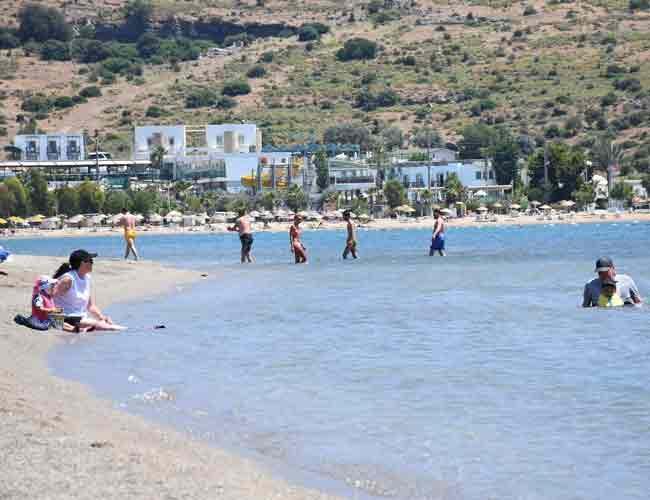
The world’s international tourism business grew unexpectedly by 6 percent in 2018, totaling 1.4 million tourists, up from 1.34 million earlier. Surprise growth in international tourism doubled the global economic growth rate of 3.7 percent.
The United Nations’ World Tourism Organization (UNWTO) foresaw 1.4 million tourist arrivals for 2020. This aim was realized two years earlier. However, the UNWTO predicts that global tourism growth rate will turn its foreseen level of 3-4 percent, which is inside an historic channel.
Meanwhile, Turkey’s incoming tourism suffered from the country’s international political developments. Turkey had ranked sixth in international tourist arrivals in the world in 2014. By the end of the year, a political crisis erupted with Russia, which banned the mass tourism flow towards Turkey in the following years.
Turkey suddenly lost its second biggest tourism market and lost its position among the top 10.
In 2015, Turkey’s number one market Germany had supplied an enough number of tourists to fill the Russian gap. But soon after, another international political crisis, this time between Turkey and West Europe (Germany and the Netherlands), took the stage, and the number of incoming tourists dropped drastically by 25 percent.
However, after the 2016 season, Turkish incoming tourism recovered and climbed back to eighth rank in international tourism in 2018. The tourism receipt of Turkey did not follow the same path and revenue per tourist fell to $680 from $850. The 2019 season seems to be a better year for Turkish incoming tourism, and a rise in revenue per person is expected.
The number of new hotel investment projects has fallen from 316 to 167, which means 47 percent less investment in the tourism business. When we compare the number of hotel beds under construction, the decline is 65 percent. Looking at the bed numbers is a more clear way to understand the investment appetite to the tourism sector.
Although there were 82,074 hotel beds under construction, today only 28,661 hotel beds will be added to Turkey’s 1.7 million capacity by investors. Roughly 1.2 million beds are ministry-licensed and have described standards and stars; the others are municipality-licensed. The industry has added only 240,115 new hotel beds in a total of 1,101 new hotels in the last five years, which means an almost 25 percent capacity increase in licensed hotels segment.
For the 2019 tourism season, the Turkish economy management expects another growth in incoming tourism, which should be reaching the level of at least 20 percent.
The growth in world international tourism and positive developments in solid natural markets of Turkish tourism seem to allow the realization of these expectations.
The number of incoming tourists reached 46 million in 2018 from the top level 42 million in 2014, which is a 10 percent rise. Another 20 percent growth in 2019 and growth expectations in the upcoming years will need new bed capacities to be added to the Turkish tourism sector.
New hotel investors that received investment incentive from the state in 2018 will construct 28,661 hotel beds in 167 hotel projects.
The total costs of these investments will be 4.73 billion Turkish Liras ($775 million), excluding the cost of land and value added taxes and including three months of operating costs.
Turkey’s incoming tourism receipt will be touching $40 billion. When we compare the new investment figure of $775 million to the size of business (investors should consider that there is inland tourism, too), it seems considerably low.
In the end, we can assume that there will be a boom in tourism investments in Turkey in a couple of years.